May, May, May, Palmer May… to paraphrase the late, great French jazz singer Claude Nougaro. For the second year running, at the height of spring, a unique trio took up residence in one of the Château’s rooms, which had been turned into a recording studio for the occasion. This year’s three-piece was formed of two Finns and a Dane. Pianist Iiro Rantala, with his 88 notes of humour and a deeply classic touch, held the keys to the session. He was accompanied by his compatriot, double bassist Kaisa Mäensivu, a musician in the spotlight in her recently adopted home in New York City, bringing with her a wonderfully woody sound. And the final figure, especially delighted as a collector of fine wines in his cellar in Copenhagen, was drummer Morten Lund, a distiller of swing, who couldn’t stop looking left and right at every turn during the drive to the château, watching the names of familiar vineyards slide by.
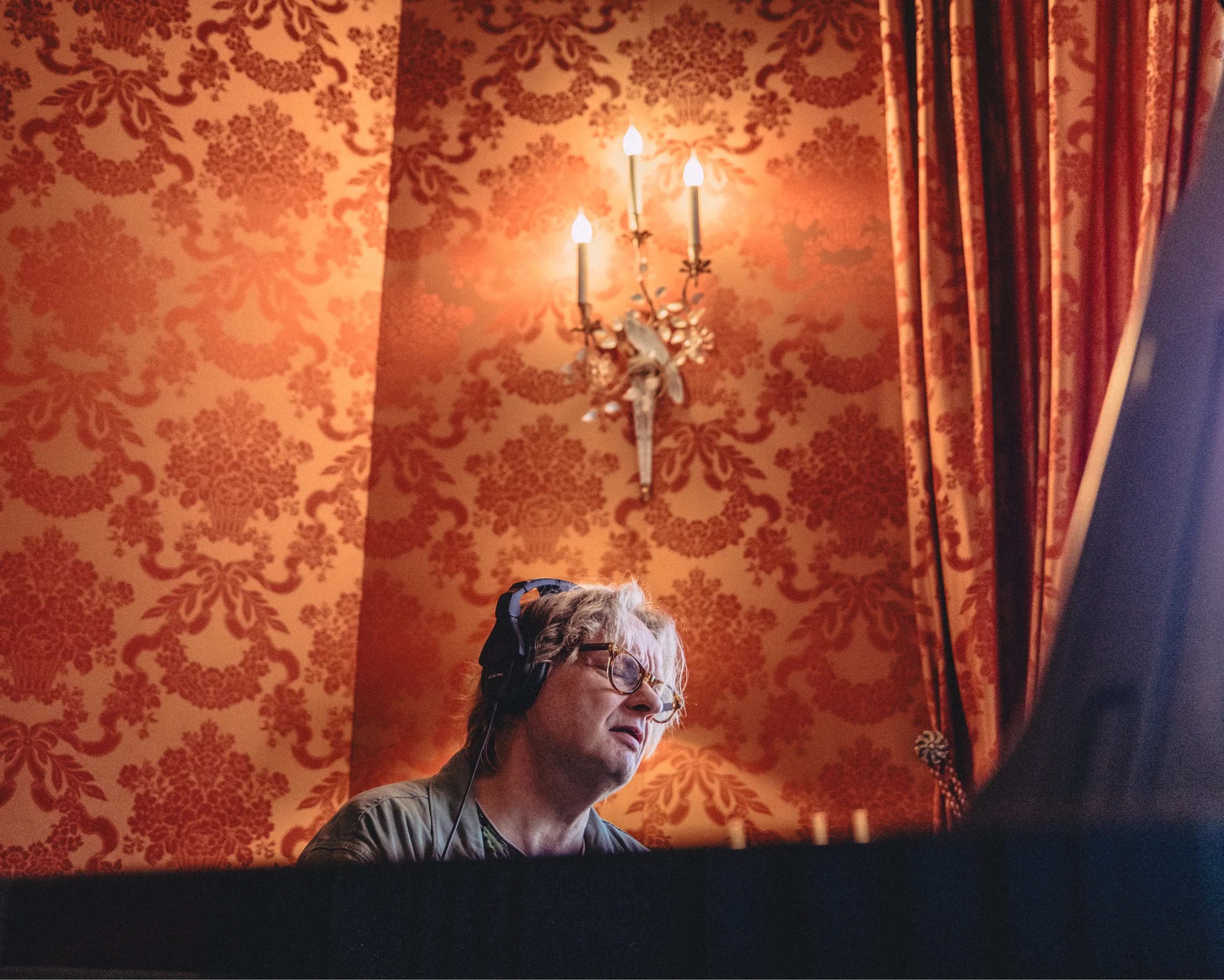
In the room next to the lounge occupied by the musicians, sound engineer Arnaud Houpert’s console, set up the day before, looked like a toy left by Father Christmas – batteries included. Behind him, ears pricked and offering wise advice, was producer Andreas Brandis, head of ACT, the music label with whom Château Palmer has formed a partnership based on shared creativity. There was not a hint of stress as they got to work. In a sign of the how naturally and easily the next three days of recording would unfold, the very first take of There Will Never Be Another You, which opened the session, was chosen to conclude the album.
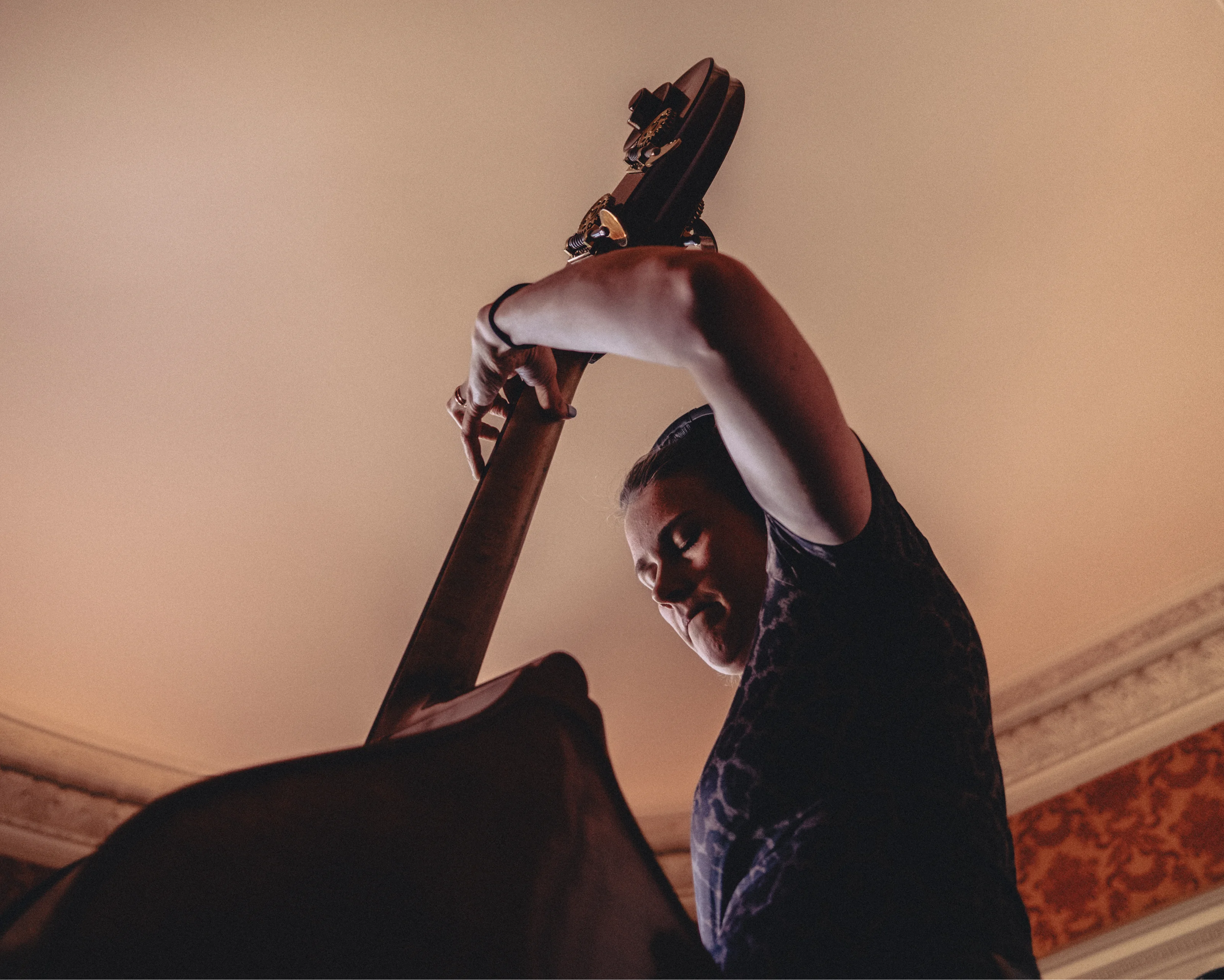
CHÂTEAU PALMER: Why did you choose a repertoire of jazz standards over original compositions?
Iiro Rantala: I have been thinking about it for years. I felt that at some point in my life, I would have to pay tribute to this repertoire, which really is the foundation of jazz. It could be compared to a classical musician who, one day, has to tackle Bach’s toccatas or Mozart and Beethoven’s sonatas. That said, for jazz pianists, it may be better not to start there. There is such weight from those who came before you, Bill Evans, Oscar Peterson, Keith Jarrett and more. But I wanted to tackle the standards without arranging or disturbing them, without changing the harmonic structure or transforming a waltz into 5/4. I wanted them to be as stripped down as possible, to approach them in the purest way possible.
CHÂTEAU PALMER: Do you think the trio format is ideal for tackling these standards?
Iiro Rantala: It is for pianists, of course. But it is also a big risk. You have to record your take on in the wake of all the great versions that have made jazz history. I would say you need a touch of arrogance and a hell of a lot of self-confidence to take the plunge. Oscar Peterson had his time; Art Tatum had his. And today, it’s my turn! I am glad I waited until now, because I finally feel that everything has fallen into place very naturally. Ten years ago, it would have been a disaster. But now I feel ready.
“I had to pay tribute to this repertoire, which really is the foundation of jazz”
Iiro Rantala
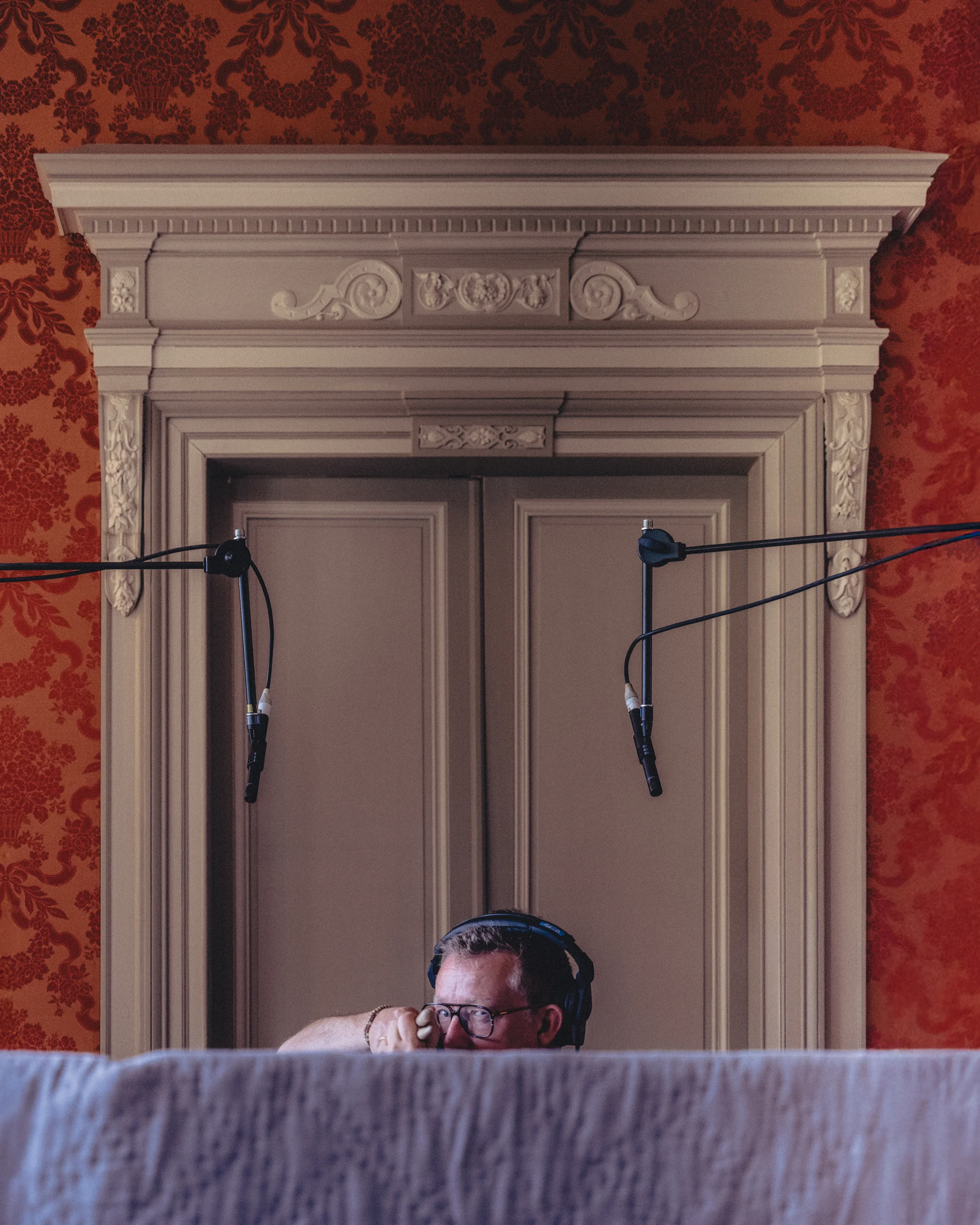
CHÂTEAU PALMER: In a jazz trio, the chemistry between the drums and double bass is essential. How did this work for you?
Iiro Rantala: I needed two perfect musicians. I have known drummer Morten Lund since I joined the ACT family. I hired him for my second album on the label, My History of Jazz, with Adam Baldych and Lars Danielsson, in 2012. Since then, I have always known that Morten is the best in Europe at playing alongside a walking bass – quite simply because he has been inspired by the long tradition of jazz in Copenhagen. He has worked with people who have accompanied Dexter Gordon, Stan Getz and Ben Webster, and collaborated directly with Ed Thigpen, Niels-Henning Ørsted Pedersen, pretty much everyone! He is the heir to this history.
Meanwhile, double bassist Kaisa Mäensivu is a rising star in Finland. Two years ago, during Covid, I played with her at a jam session in Helsinki. I thought she was excellent, but I also know that she is in high demand. She lives in New York City, where she has her own band, and is also involved with several others. We have done other concerts in Finland, such as when we played at Mäntyniemi, the presidential residence in Helsinki, to celebrate the country’s independence.
Morten, Kaisa and I had never played together before coming to Château Palmer. And I had never recorded an album as a trio like this before. Usually, there are rehearsals first, then a few concerts to put ourselves to the test. But not this time. Andreas insisted that we record live in the spring. The tour will have to wait!
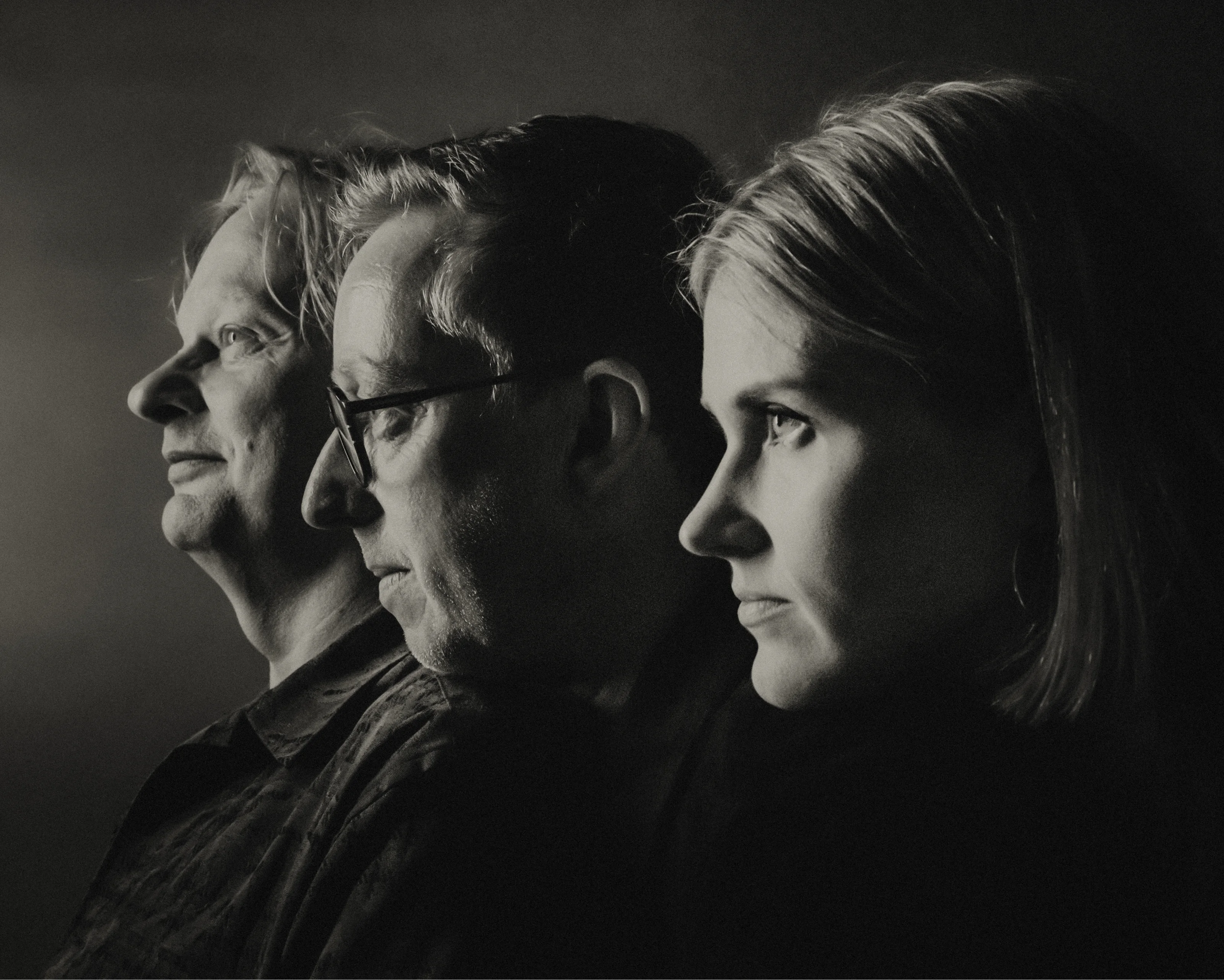
CHÂTEAU PALMER: What was the main feeling before the three of you played together for the first time?
Kaisa Mäensivu: I must say I was mostly excited. That is often the case when you play with someone new. I am surrounded by lots of good musicians who are starting new projects, so I am quite used to it. But this time I was impatient because I had heard so many great things about Morten. I knew that he and Iiro had already played together a lot, and that it would be easier for me to fit in.
Morten Lund: There was immediate trust. As a rhythm section, we are used to adapting to new situations. On bass and drums, this an essential skill. And the fact that we are from different generations doesn’t matter here, because this music is ageless. So long as you approach a new collaboration with confidence and a willingness to listen, everything tends to work out well. As soon as Kaisa picked up the double bass, I felt at ease.

CHÂTEAU PALMER: The three of you recorded in the same room. How did that affect the music?
Iiro Rantala: It was great fun! I adapt pretty quickly, and pianos always change from one studio to another. At first, I felt that the sound in the headphones was different from what I was used to elsewhere. But after ten minutes, I decided I would just go with it. I try not to overthink things. Some people say, “Oh, can you adjust that?” “Can you add more of this, or more of that?” That’s not really who I am.
Kaisa Mäensivu: For the bass, recording next to the drummer is not easy. Usually we are set up in our own separate booths, to get a clear sound. But what was nice here was that the three of us could see each other and communicate better. It is often said that a musician’s main instrument is their ear, but here it was also our eyes. It was great because we didn’t rehearse at all, which made the whole situation so much fun. We were really listening, being in the moment, so being able to see each other was very important.
“It is often said that a musician’s main instrument is their ear, but here it was also our eyes”
Kaisa Mäensivu
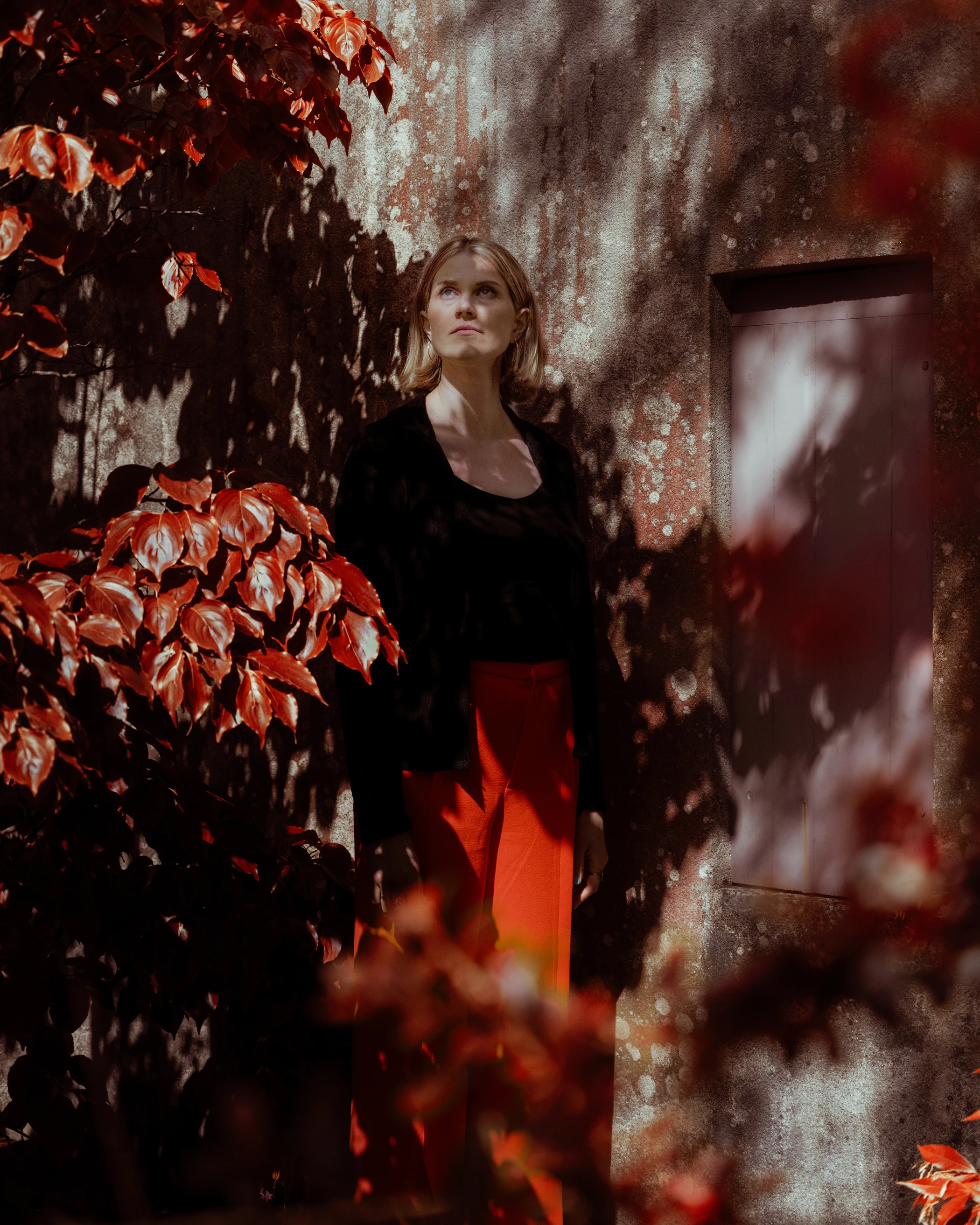
CHÂTEAU PALMER: Morten, did this situation influence your playing?
Morten Lund: Absolutely. Playing like this is a challenge. The ideal thing would be to play without headphones, but there were transparent half-screens around me and Kaisa, so it was a compromise between the two. I actually wore headphones, but I only used one earpiece so I could hear the bass properly. I needed the headphones for that, but for everything else I was able to rely on the acoustics of the room. I always try to play with the dynamics that suit the specific venue and the situation.
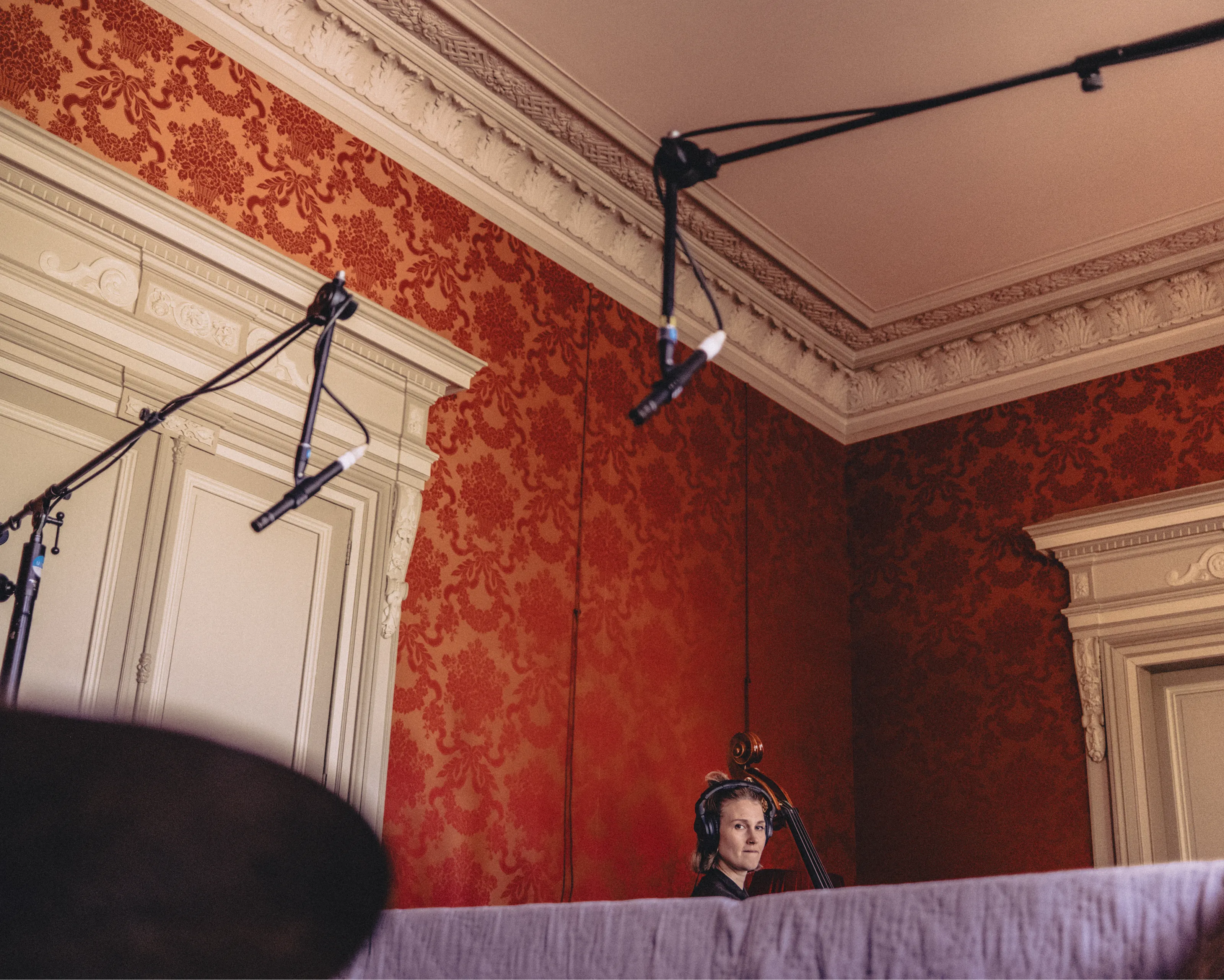
CHÂTEAU PALMER: The room had natural light with windows overlooking the castle grounds. Did that have an influence?
Iiro Rantala: Oh yes! I often looked out at the grounds and up at the sky. It is very unusual to have daylight in a studio. It really inspired me, because every time you look at the sky, it comes to you. It reminded me of a certain way of looking inward.

CHÂTEAU PALMER: What were your criteria for choosing the standards?
Iiro Rantala: We had two main criteria: a good melody, and songs that people recognise immediately. I didn’t want songs by unknown composers from the late 1960s. Most of the pieces I chose are from the 1930s, 1940s or 1950s, the old standards. These are songs I studied at jazz school, even though I didn’t stay there long. They are the basic standards, the bare minimum you need to know when you take part in a jam session. Today, I think it is a shame to see so many young musicians with their eyes glued to their iPads during jam sessions. If you mention Autumn Leaves to them, they have to look it up on their tablets…

CHÂTEAU PALMER: Did you choose Days of Wine and Roses because you were at Palmer?
Iiro Rantala: Not at all, it was just a happy coincidence! The week before the recording was Mother’s Day. It fell on a Sunday and I had friends over to my house. I regularly host performances of standards on Sundays at my home in Helsinki. I live in an artist’s house with a small concert room in the basement. Kaisa came with her double bass. When she arrived, she told me she was expecting a baby, which made me wonder what to play for mothers and mothers-to-be. And I thought of Days of Wine and Roses, of course! I played it for the first time and it worked very well.
I didn’t know if Andreas would approve of the choice of Days of Wine and Roses and Girl from Ipanema, because they are part of the “entertainment” side of jazz standards. They are not “serious” standards like Stella by Starlight or All the Things You Are. But they were on the list I had prepared, and he wanted to hear how they sounded. Fortunately, he liked them.

CHÂTEAU PALMER: Just when the session seemed to be over, you wanted to record one final solo piece, In a Sentimental Mood. Was that a last-minute decision or had you been thinking about it?
Iiro Rantala: It was a last-minute impulse. It is one of the most beautiful melodies in the history of jazz. I put a lot of myself into it. In fact, when there is a good melody, I always get excited. All instrumentalists envy singers because they are in direct contact with the audience. When a singer – male or female – sings “I Love You”, they are saying it directly to the people listening. There are the lyrics, the facial expressions and, of course, the melody. That is why I want the melody to be crystal clear so that people could recognise it. I definitely don’t want to hide it.
“Sometimes you meet the right people at the right time”
Morten Lund
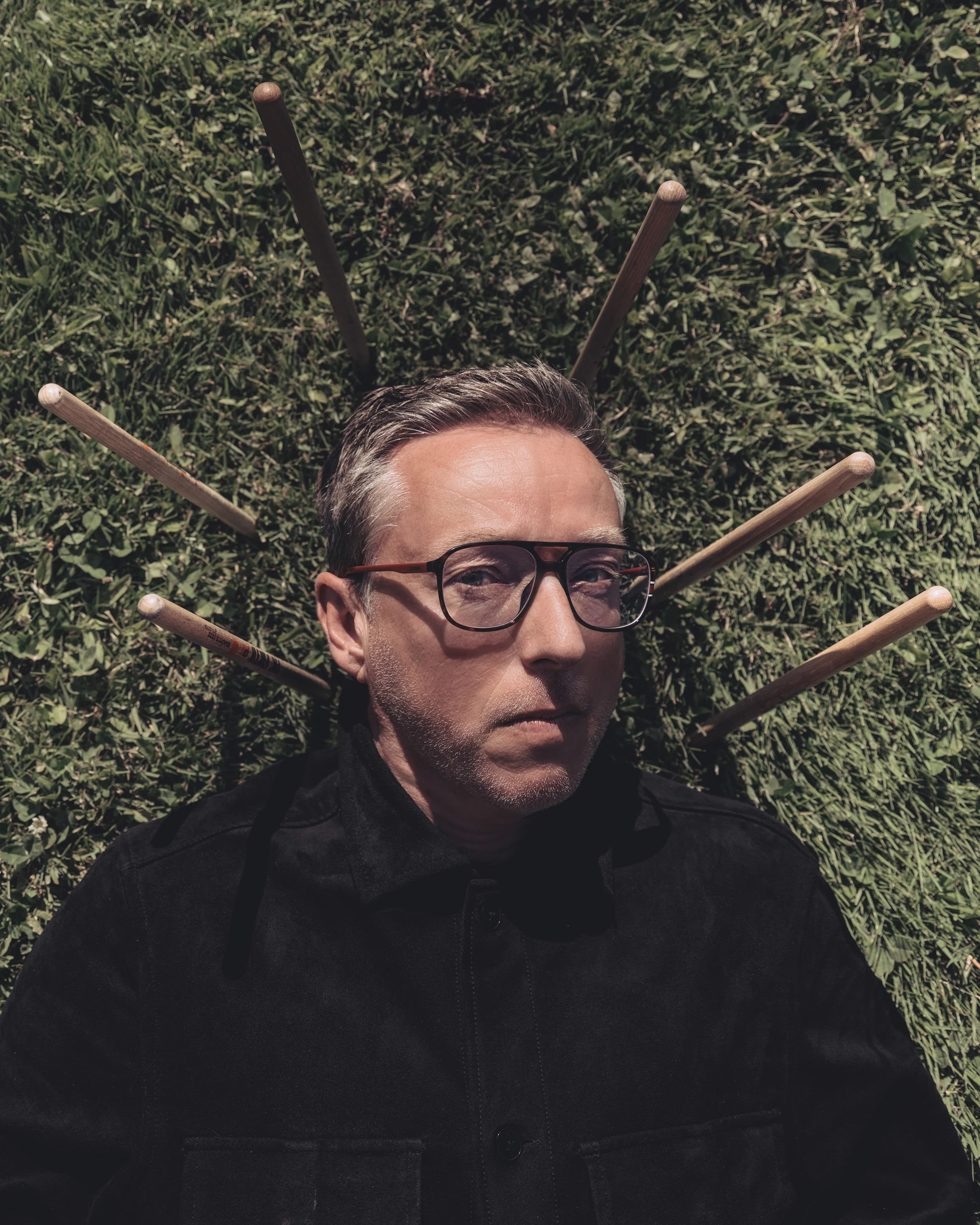
CHÂTEAU PALMER: Are you like Lester Young, who would think about the lyrics of the standards while he was improvising?
Iiro Rantala: I know the lyrics to almost all the verses, and that makes a difference. “A country dance was being held in a garden. I felt a bump and heard an, Oh, beg your pardon…” The first line of Polka Dots and Moonbeams. It is fantastic, the beginning of a great story. Most standards are love songs. They find their raison d’être in the musicals or Hollywood films they came from, but they also have a universal meaning. And that is why they have become standards.
CHÂTEAU PALMER: Morten, you told me that Alex Riel was your drumming teacher. But who introduced you to the world of wine?
Morten Lund: A Swedish pianist, Lars Jansson, from Gothenburg. An excellent pianist, composer and close friend. He was a teacher at the Conservatory where I studied in the 1990s. Then we started playing together, we recorded and became friends. We often played in a famous jazz club in Aarhus, Denmark’s second-largest city. Right next door was a wine merchant, who was also a great music lover. He came to the concerts, we got to know each other and he invited us to his shop after the concert for a tasting. We went there more and more often, and he taught us about wine, grape varieties and regions. That is how my interest in wine really began. Sometimes you meet the right people at the right time.

Photographs by Yann Rabanier
TRINITY was recorded by Iiro Rantala, Kaisa Mäensivu and Morten Lund at Château Palmer in late spring 2025. The album will be released on 14 November 2025 by ACT Music on CD, LP and digital formats. A special limited “Edition III” pressed on 180-gram audiophile vinyl has been produced in a limited edition of 500 copies. TRINITY marks the third collaboration between Château Palmer and the legendary German label ACT.






